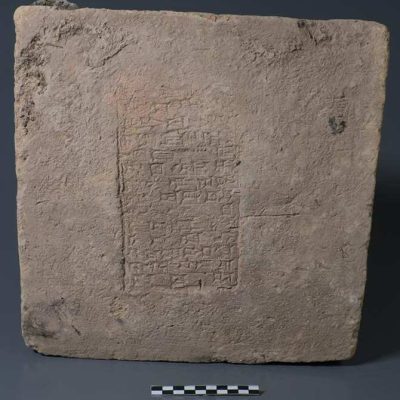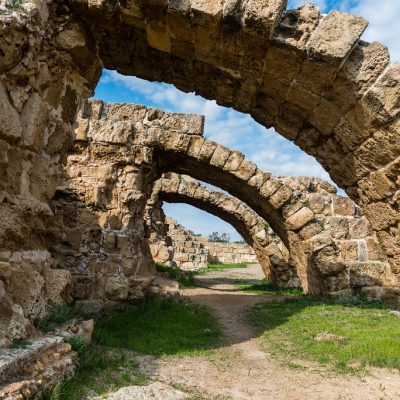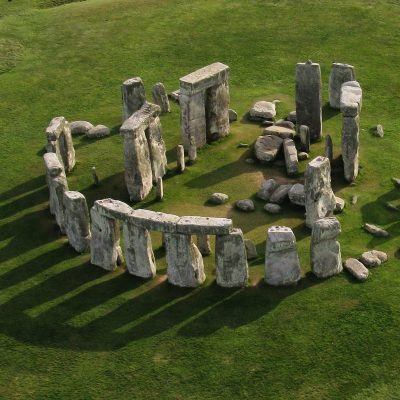In a recent discovery, employees of the environmental protection agency ARPA have found the remains of a Roman shipwreck in the Mediterranean Sea. Underwater archaeology rarely yields well-preserved objects due to the water’s ability to decompose remains. However, researchers recently discovered a more than 2,000-year-old galley during underwater excavations in the sunken Egyptian city of Thonis-Herakleion. Now, a similar ancient wreck of the Romans has been found in the waters off the Isola delle Femmine, located off the coast of the Sicilian capital Palermo.
The wreck was discovered by employees of the environmental protection agency ARPA, who conducted underwater investigations in cooperation with the maritime surveillance authority. The oceanographic ship Calypso was used, which can examine archaeological finds in the deep sea with its highly precise instruments. Images of the wreck, located at a depth of 92 meters, were taken with the remotely operated vehicle Rov. According to experts from ARPA, the ship mainly contained amphorae, which were most likely used for transporting wine.
“The Mediterranean Sea repeatedly provides us with valuable pieces for the reconstruction of our history in connection with maritime trade, ship types, and transports carried out. The sea also provides us with important information about life on board ships and the relationships between coastal residents,” explains the head of Palermo’s monument protection, Valeria Li Vigni. This is further evidence that trade routes existed over long distances in the Mediterranean more than 2,000 years ago. Finds from Sicily, where wine was produced and shipped in amphorae even under Islamic rule, confirm this. This wine was mostly exported to Christian regions.
The discovery of this Roman shipwreck is a significant contribution to our understanding of ancient maritime trade and the lives of those who sailed the seas. It is a reminder that the Mediterranean has been a hub of trade and cultural exchange for thousands of years, and that there is still much to be discovered and learned from its depths.










